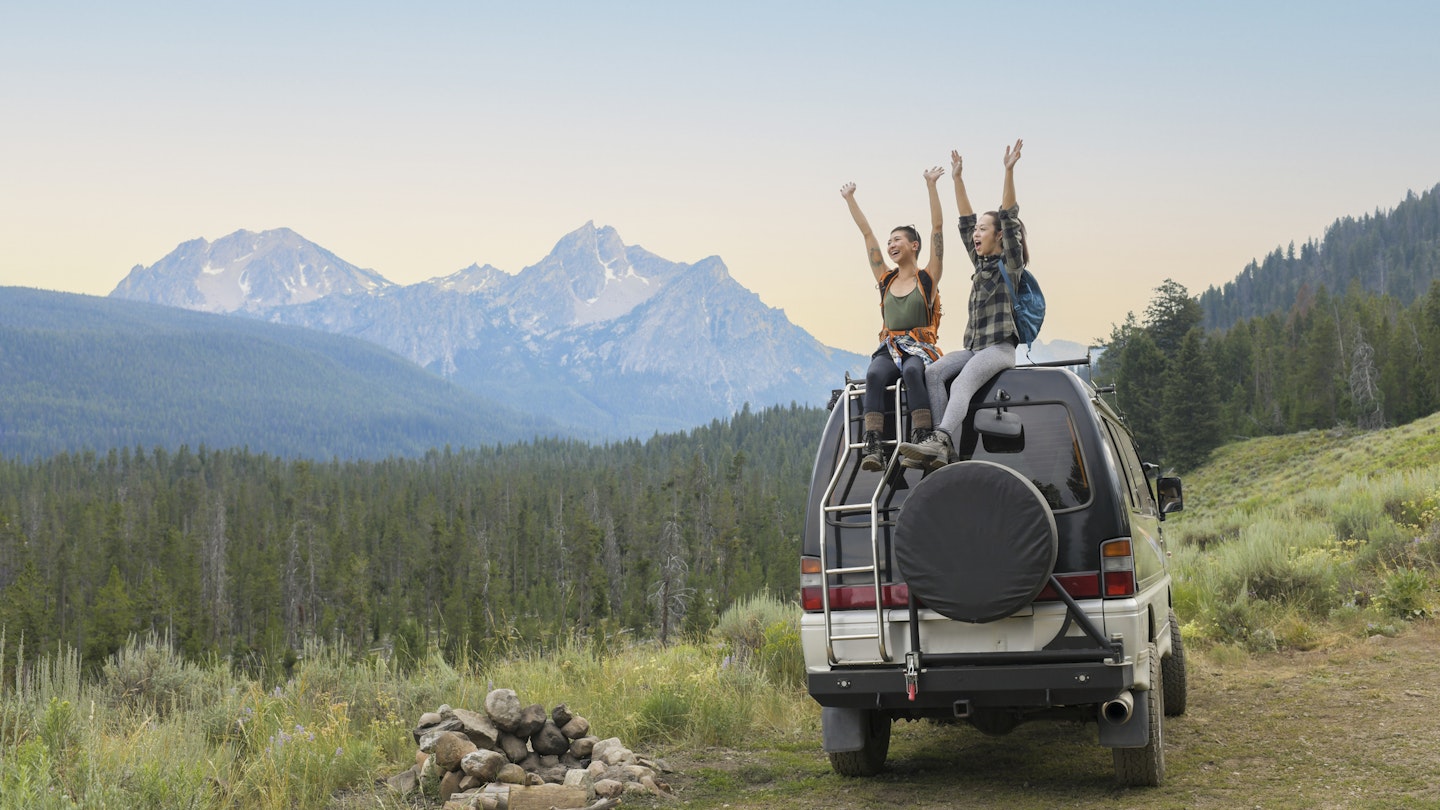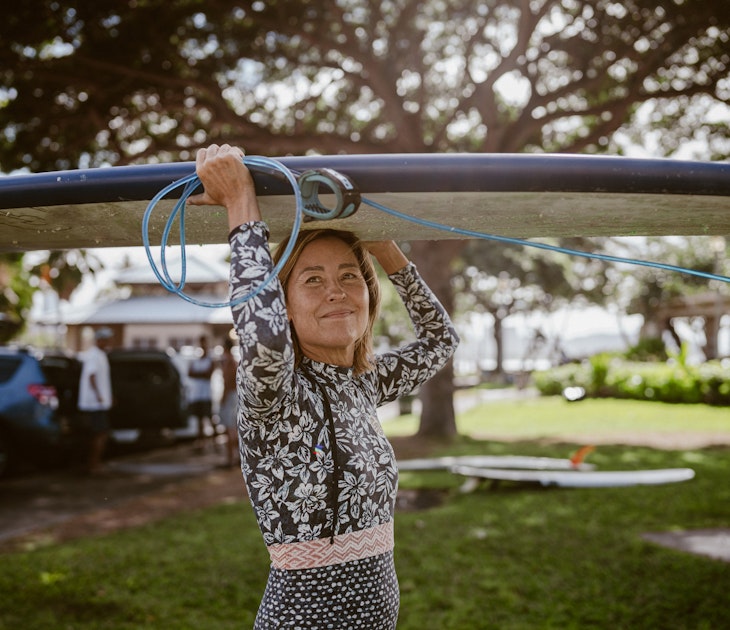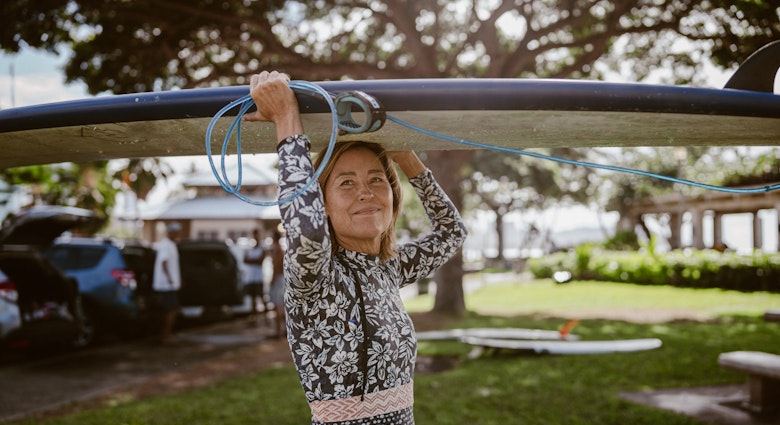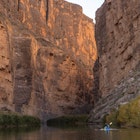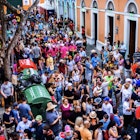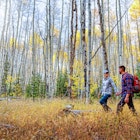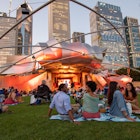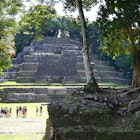The United States is supersized, from its sprawling big cities to its epic natural splendors. And its citizens? When it comes to friendliness and national pride, we can be a little “extra” too.
Yes, the political rhetoric these days could be described as divisive, but political views don’t typically seep into small talk or day-to-day interactions. Take my city, a college town in the South. Pickup trucks with gun racks are parked beside ecofriendly cars with "Coexist" bumper stickers, and their owners are getting coffee at the same coffee shop and grumbling about the heat.
If you’re planning a trip to the USA, we’ve provided a few pointers to help you navigate planning, etiquette, and health and safety issues on your visit.
1. Pick a region – don't do it all
With 50 states, 63 national parks and 4 million miles of highways, the USA can feel like a beast to be tamed when it comes to trip planning and getting around. One solution? A deep dive into one region.
The continental USA – which stretches 3000 miles from coast to coast – is loosely broken into about nine areas: New England, the Mid-Atlantic, the South, the Midwest, the Southwest and the West, which can be further broken into the Rocky Mountains, the Pacific Northwest and California.
Beyond the continental US, you’ve got Alaska and Hawaii. Seemingly refusing to join a category is Texas, which is diverse enough – or maybe stubborn enough – to defy regional stereotypes.
2. How long do you need to visit the US?
Exploring a major metropolitan area like New York City, Chicago, Los Angeles or Washington, DC could easily fill a week, especially if you include day trips to outlying parks and beaches. You may be able to cover a small state, like Vermont or West Virginia, in a week too.
To really dig into a region, however, you’ll want at least 10 days, especially if you’re flying in from overseas. With a week and a half, you can visit two or more cities and a handful of outlying attractions. It’s also enough time to explore a couple of national parks in one region, particularly in California or the Southwest.
3. Don’t overplan your days
It is tempting to look at a map, calculate your mileage and assume you can make four or five different stops in a day. But be careful with this thought and always expect delays.
Two-lane roads are common in and around national parks, and Winnebagos, wildlife and gorgeous scenery will slow you down. Smaller roads are also the norm in mountains and rural areas, and passing slowpokes can be stressful.
You may find yourself wanting to extend your stay at one of your destinations – leave room for serendipity in your itinerary.
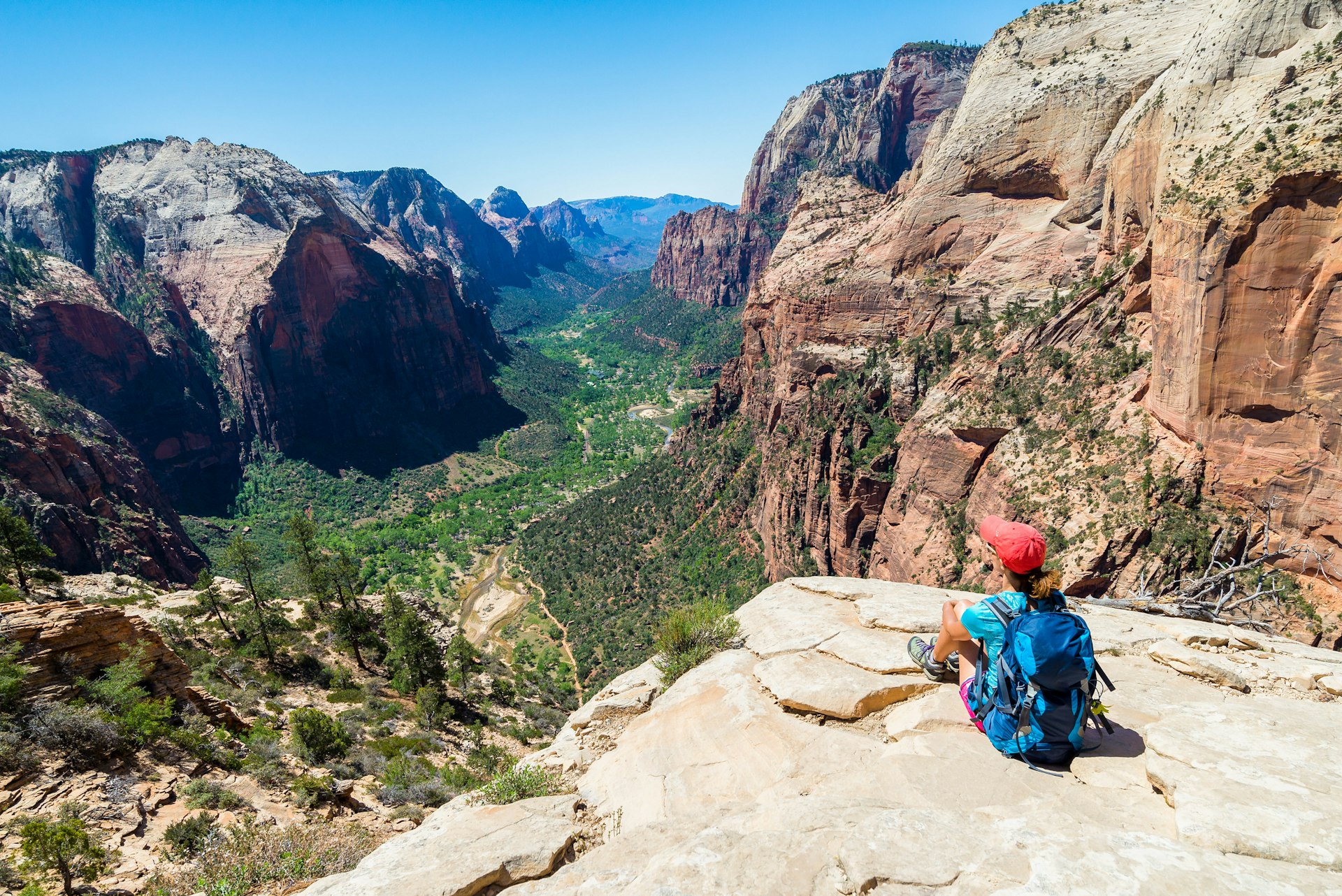
4. Sometimes getting outdoors requires a reservation
You have to prebook your hike? Unfortunately, the answer is sometimes yes.
With enormous jumps in visitation, several national parks now require reservations to hike their most popular trails. You need a reservation to hike Half Dome in Yosemite, Angels Landing in Zion, and Old Rag Mountain in Shenandoah.
Some national parks require reservations for park entry or popular activities. You need a reservation to drive to the summit of Cadillac Mountain in Acadia National Park, for example. Arches National Park and Rocky Mountain National Park require reservations for entry during their busy seasons. You need a permit to watch the sunset at Haleakalā National Park on Maui.
Yosemite and Glacier have run pilot reservation programs – for entry into Yosemite and for travel in certain regions in Glacier. Check park websites for details well before your trip.
5. Museums might need a reservation too
It’s not just national parks that are crowded. Temporary exhibits at large metropolitan museums can be extremely popular, and many have timed entry requirements, which are secured by reservations.
Small, niche museums in busy tourist areas may also require prebooking. Tickets for the Georgia O’Keeffe Museum in Santa Fe, for example, can sell out daily.
Cavern tours often fill up a day or two in advance. Check the reservation system on the website to be safe, especially in summer when families are traveling.
6. Mondays can be quiet
Many restaurants and small museums are closed on Mondays. Because of staffing shortages, many are also closed on Tuesdays, especially in small towns. Closures can be even more bedeviling in remote tourist towns, with restaurants and attractions not opening until midweek.
If you want to dine and explore to the fullest in Bisbee, Arizona, or Marfa, Texas, plan to visit Thursday through Sunday.
7. Pack layers for hikes
If hiking is on your itinerary, pack layers, even in summer. High-elevation deserts and most mountains, even those in the South, see cooler temperatures at night. You’ll be glad you have a pullover. Most hikers pack three layers: a base layer next to the skin, an insulating layer and an outer shell layer for protection from wind and rain.
Running shoes are fine for easy trails, but wear hiking boots that you’ve broken in for anything more strenuous. If you’re not backpacking, low-ankle hiking boots should be fine.
Sun protection (hat and sunscreen) and a daypack for storing food, water and a small first aid kit are also recommended.
8. Use friendly greetings and be on time
Don’t be overly physical when meeting or greeting someone. Some Americans may hug, and urbanites may exchange cheek kisses, but most – especially men – shake hands. It’s also standard to greet the staff when entering and leaving a shop ("hello" and "have a nice day" are commonplace).
Americans tend to smile a lot, which is typically an easy expression of welcome or politeness. If you’re meeting someone, be on time. Many folks in the US consider it rude to be kept waiting.
9. Public restrooms aren't always easy to find
It can be surprisingly challenging to track down public restrooms. In downtown areas, your best bets are visitor centers, libraries, indoor malls and larger city parks. You may have to buy a coffee or snack to get the restroom key in coffee shops in heavily trafficked urban areas.
In the suburbs, try larger gas stations and fast-food restaurants. Along interstates, you’ll typically find rest areas with restrooms, picnic areas for picnics and space for dog walking about every 60 miles or so. The best option for those with small bladders? When you see a restroom, use it!
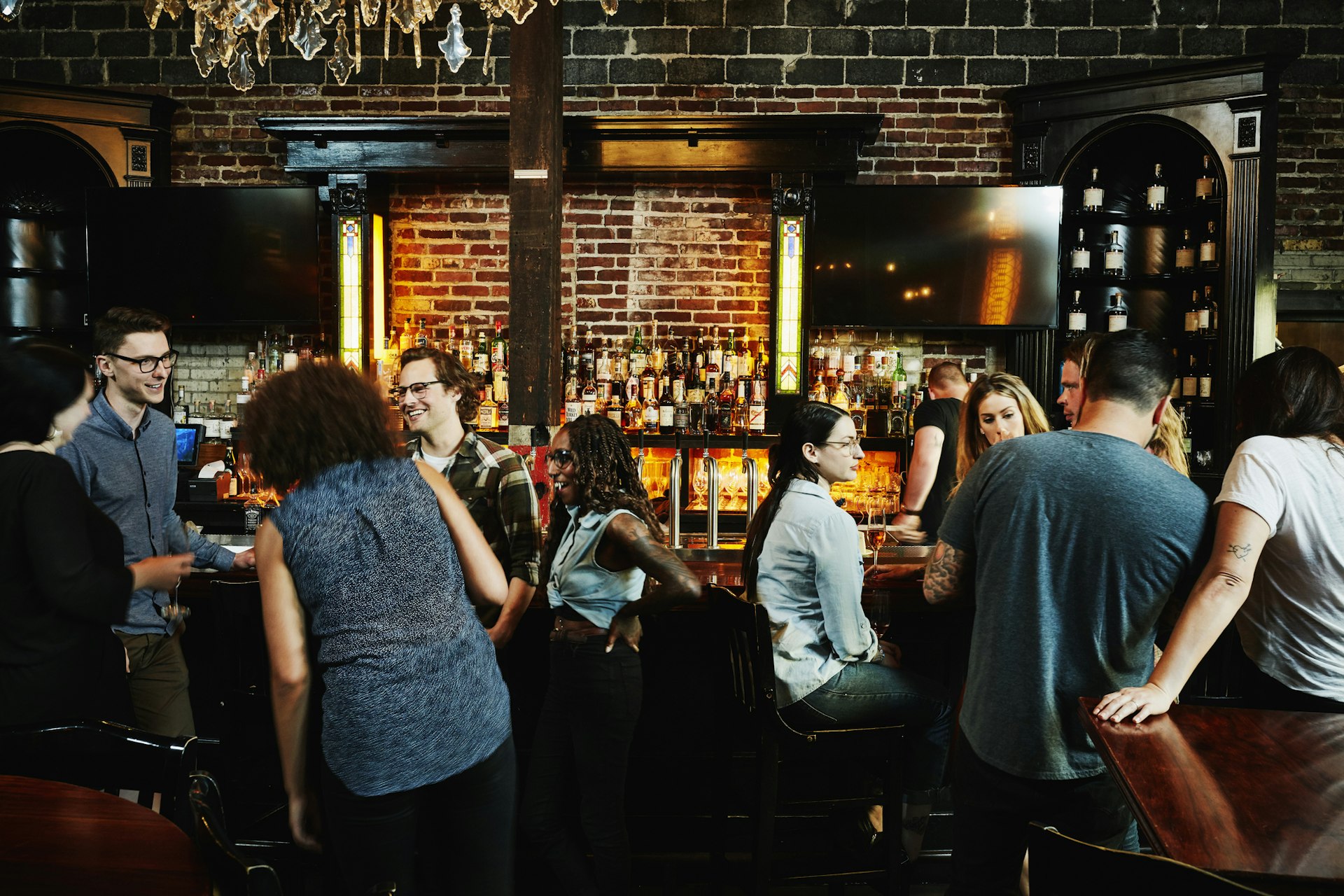
10. Expect small talk, but don't delve into politics
Americans can be chatty, especially in small towns. Chitchatting about the weather or your immediate surroundings is typical, but don’t be surprised if someone eventually asks, “What do you do?” – which typically means, “What’s your job?” Yes, it’s nosy, and why should they care? Share as much or as little as you wish.
Political conversations can get dicey quickly, especially in today's polarized US, so it is prudent to keep your opinion to yourself. Don’t assume you know someone’s political views based on your location in the US or how someone talks or dresses.
On occasion, someone may toss out a live-wire topic just to get a reaction or show off. In that case, it's best to smile or change the topic. Discretion is the better part of a future bar fight.
11. Don't worry too much about what you wear
In the US, just about anything goes, and you’ll rarely feel uncomfortable because of what you’re wearing. That said, it’s worth bringing along dressier attire (smart casual) for dining at nice restaurants or going to upscale bars and clubs.
12. USA tipping culture: how much should you tip?
With coffee shops and casual restaurants now offering a tipping option on electronic transactions, tipping protocols in the US have gotten increasingly confusing.
In sit-down restaurants and at bars, tipping is not optional, and tips should only be withheld when service is outrageously bad. Even then, a small tip and a chat with the manager may be best.
What about coffee shops? If you serve yourself, tipping is discretionary, or you can leave your change. A dollar is always appreciated. For more complicated coffee orders, consider a tip of 15% to 20%.
A 20% tip is the norm for restaurant servers unless gratuity is already included in the bill. For bartenders, it’s 15% to 20% per round or a minimum of $1 per drink.
For airport and hotel porters, $2 per bag is the norm or a minimum of $5 per cart.
Pay a valet at least $2 upon the return of your keys. For taxi drivers, it’s 10% to 15%, rounded up to the next dollar. Leave a few dollars under the pillow for hotel housekeepers daily.
13. Smoking is usually a no-no
Don’t assume you can smoke, even if you’re outside. Most people in the US have little tolerance for smokers, and smoking has even been banned from many outdoor areas, such as parks, boardwalks and beaches.

14. Check the rules before you visit Native American reservations and pueblos
When visiting a reservation or pueblo, ask about and follow any specific rules. Almost all tribes ban alcohol, and some do not allow pets and restrict cameras. All require permits for camping, fishing and other activities. If rules are not posted at the entrance, check the reservation website.
When you visit a reservation, you’re experiencing a unique culture with customs that may be unfamiliar to you. Always be courteous, respectful and open-minded. Don’t expect locals to share every detail of their lives.
The pandemic severely affected many tribes, so carry a mask and be prepared to wear it if required.
15. Purchase travel insurance
Healthcare costs in the USA are extremely high. All travelers are advised to carry a health insurance policy that covers medical visits.
Without insurance, you may be billed the full cost of any care you receive, which can easily run into the thousands of dollars, especially for emergency room visits.
16. Is the US safe to visit?
For most visitors to the US, petty theft is a bigger concern than violent crime. To avoid being robbed, withdraw money from ATMs during the day or in well-lit, busy areas at night.
When loading or unloading your car, keep an eye on all your bags, especially if crowds are around. Lock valuables in the trunk of your car and put them there before you hit the road for the day. It’s becoming more common for thieves to smash your car window and snatch items left in view.
Read our trip-planning articles for San Francisco, Seattle, New York City and other major urban areas for city-specific tips on crime prevention.

